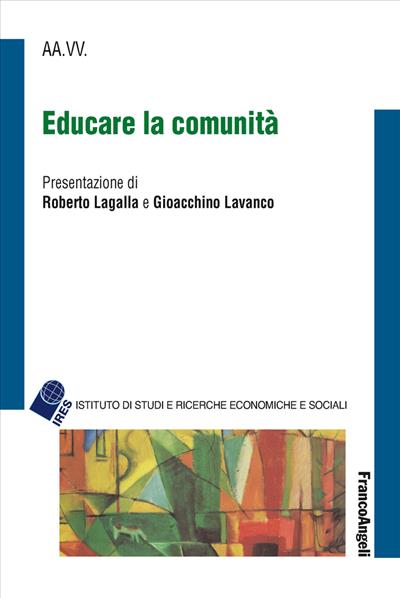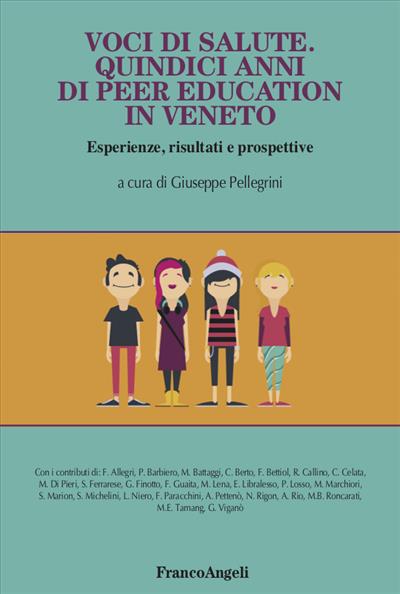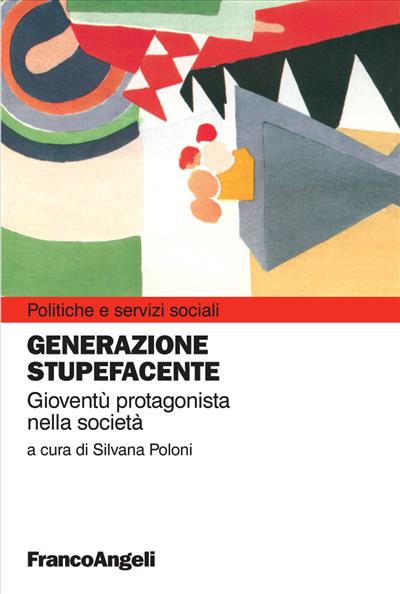
Paolo Guidicini, Giovanni Pieretti
San Patrignano between Community and Society.
A research on the biographic routes of 711 San Patrignano former guests
Pages: 704
ISBN: 9788820489564
Edition: 1a edizione 1995
Publisher code: 1563.30
Availability: Discreta




